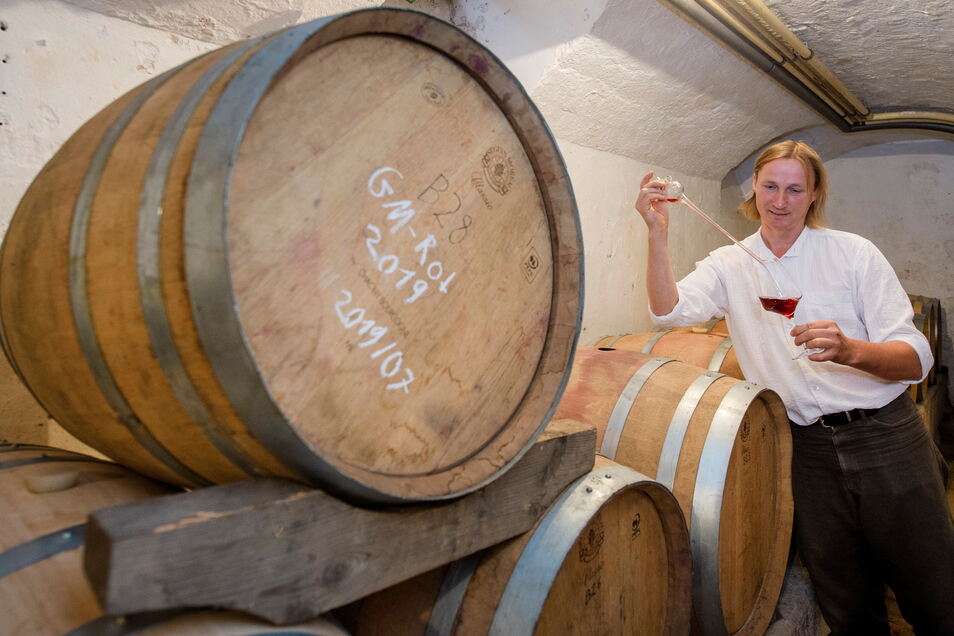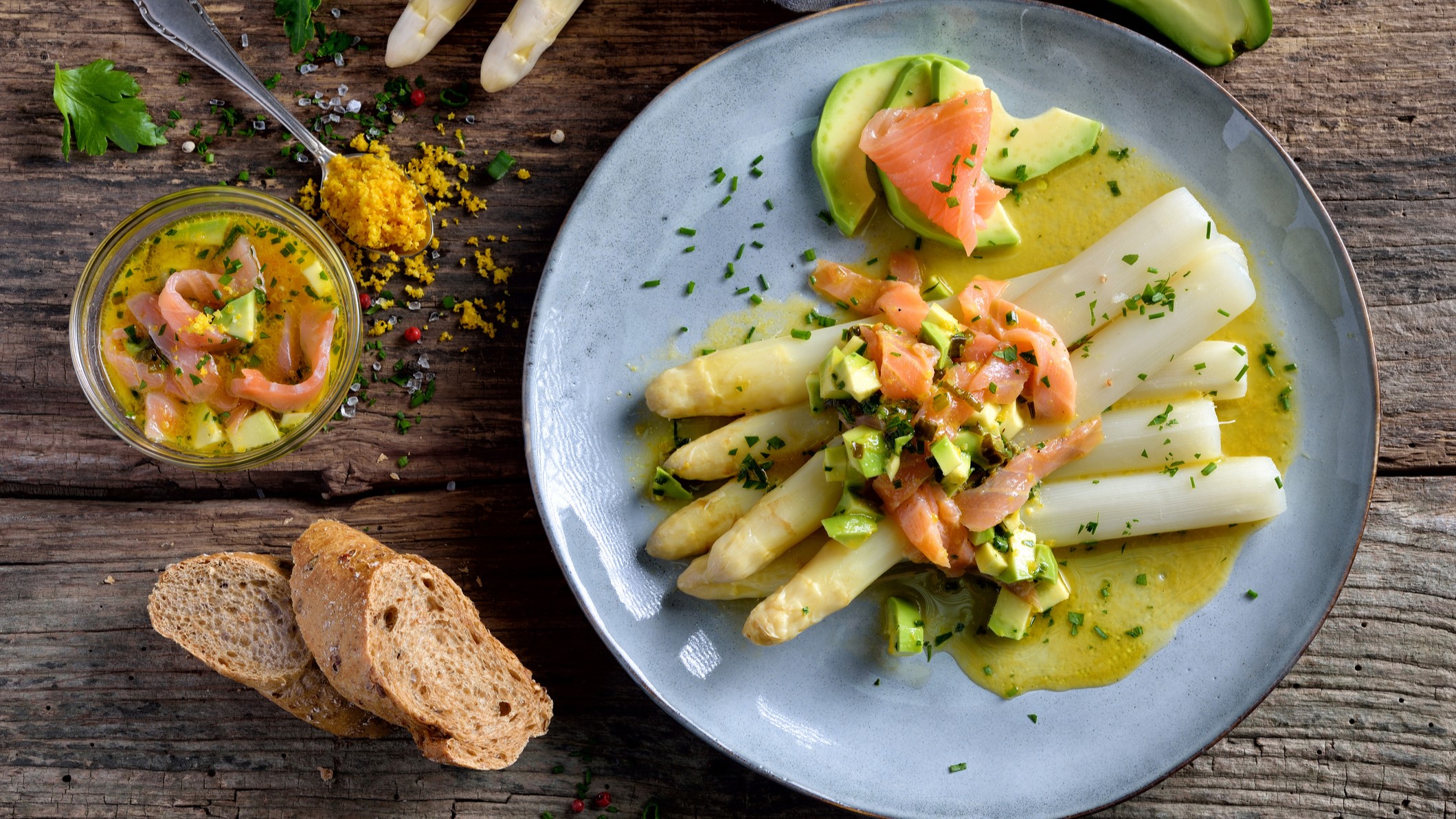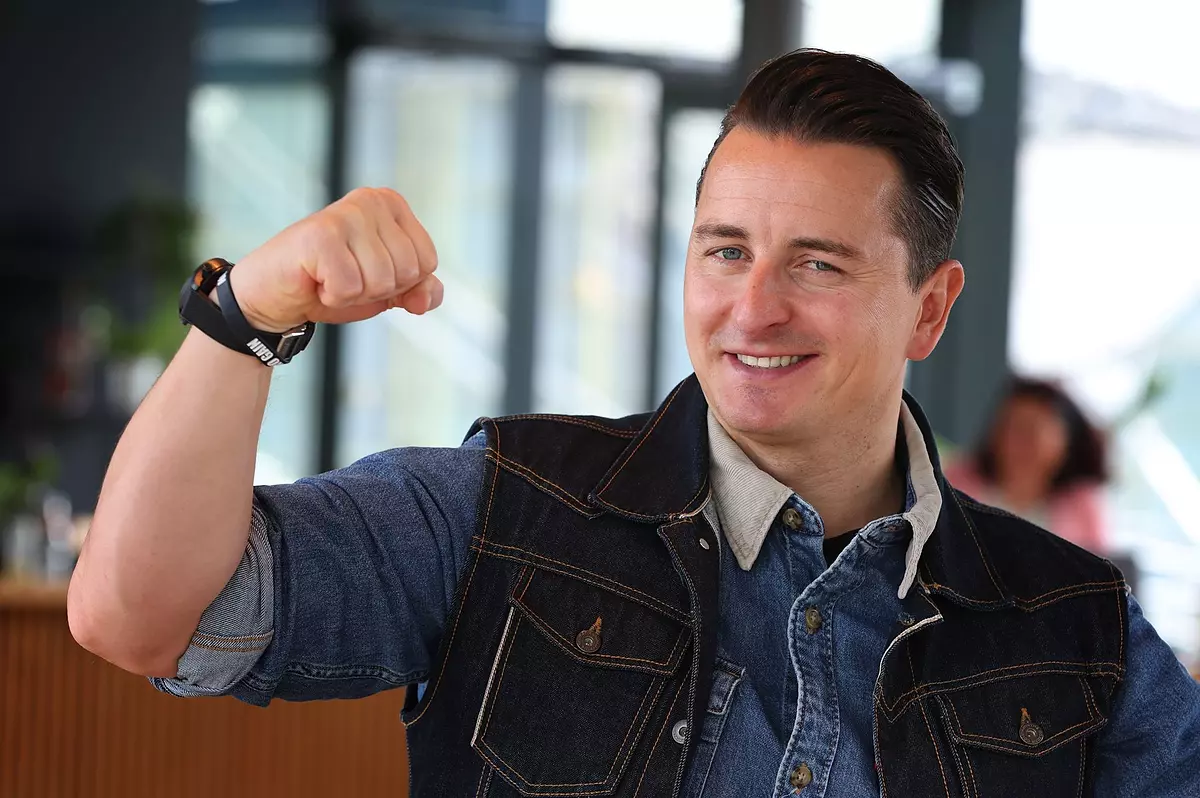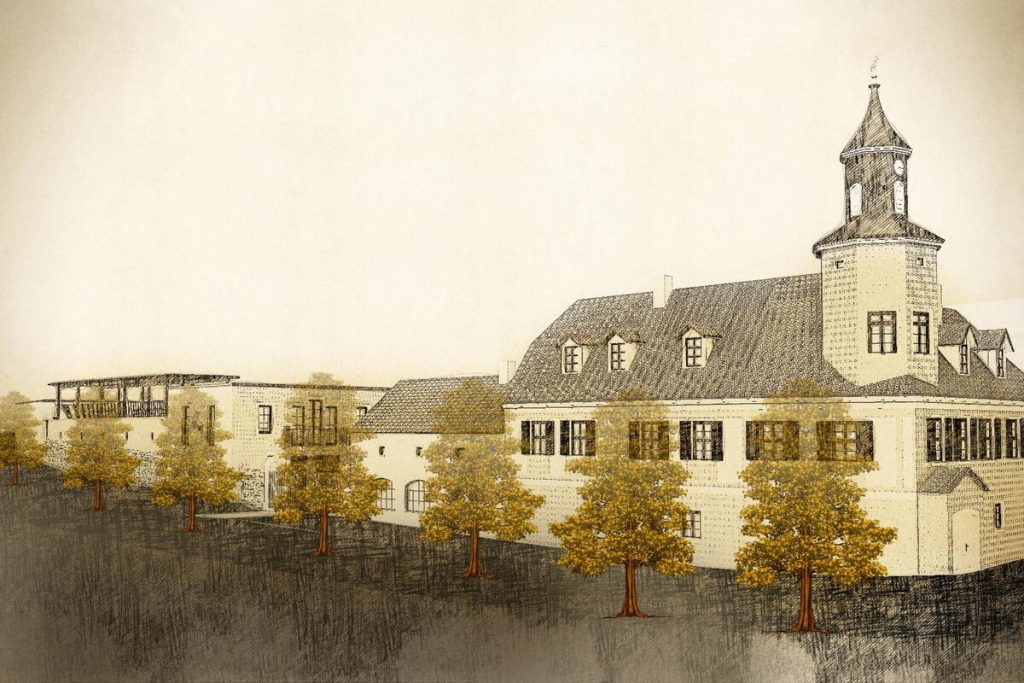Radebull. Winemaker Karl Friedrich Ost takes the next big step in developing his Radebeuler winery. behind the Meinholdschen . tower house In addition to the expansion with the real estate shop, construction work has begun. The wine cellar is being built along Hoflößnitzstrasse. “The crust should be in place by the end of this year,” says Al-Khimar, born in 1978.
Three years of planning went into the project, which began last week with preparations for construction, such as the dismantling of part of the property’s wall, which officially kicked off on Tuesday. The vault is more than 36 meters long and about eleven meters wide. The southern end of the building consists of two floors. It would be as high as the roof of the top of a manor store. “Below this is a space for a Bariki store, and an office space will be created on top of that,” Ost reports.
The basement construction consists of three parts
A temperature controlled bottle store and tank room are connected to the south building. Above this there is a roof terrace with a pergola for visitors to the winery. “From there, our guests can view the landscape with Hoflößnitz and the vineyards of the Goldener Wagen,” says Ost. The middle section is followed by another head section. The press room will be located in the North Building.
The winemaker, Karl Friedrich Ost, stands at the excavator on the construction site at the foot of the Goldener Wagen vineyard with the Bismarck Tower. © Norbert Mellor
The visible parts of the two main buildings are made of bricks. The lower central building is made of concrete sandwich panels. “With them, the insulation material is right in the middle,” Ost says. Insulation is important for cooling storage rooms and closets. Part of the basement building disappears into the ground. Because what a visitor to the winery does not notice is that the difference in height between the courtyard of the said complex and the garden area with the wine bar is 2.60 meters.
The new building makes stress easier
The winemaker takes advantage of this hillside location to facilitate the work steps from harvesting to juicing grapes in the future. He and his four vineyard employees, including two apprentices, deliver grapes through the gate in the North Building and carefully transport them via a slide to the press.
For now, they still have to pull hard. Because the current press room can be found in the tower house. This is where the grapes should be carried and taken to the press. This means that Ost and his team transport and lift approximately 5,000 kilograms of grapes in a single press day. Pressing takes place about 20 days a year. Then, the residues, such as shells, seeds and stems, must be taken out of the building again. This raffle is supposed to be the last time this year and will expire. Because Ost wants to fill the first bottles next winter in his new winery with a floor area of about 450 square metres.
Important Renovations in the Eighteenth and Nineteenth Centuries
The roots of his winery go back to the mid-17th century. The vineyard house on Weinbergstrasse was built around 1650. In 1720, the first formative renovation was made with a tower and north wing. The second major expansion occurred 134 years later. In 1853/54 the villa was built and a stable was added to the Meinholdsche tower house. The latter now houses a real estate store. The basement is now the third major expansion. The new house does not directly adjoin the existing building group along the Hoflößnitzstraße. Between them is a gate and a courtyard.

The present storage room with baric barrels in the former coal vault under the villa building is very small. This means that wine can only mature in oak barrels for a limited time. © Norbert Mellor
The winery was previously designed for a planting area of about one hectare. The press room is built accordingly large for its management. Today, Ost wines are grown on approximately seven hectares of land. For an annual yield of 30 thousand-40 thousand liters, the press room and storage facilities are quite small. He converted the villa’s former coal basement into the current barricaded shop. For example, its red Pinot Noir wine cannot mature for more than a year due to a lack of space. The extension makes it possible to store wine in oak barrels for several years.
The property has been owned by the Ost family since the mid-1970s. My parents used to produce about 120 liters a year. It was a hobby for her, ”recalls Karl Friedrich Ost, who this year welcomed his son Karl Ulrich. He himself lost his father, Hans Ulrich, very early – in 1992. As a teenager at that time, he, his mother and siblings thought about how Continuing to make wine.He made his first wine in 1994, and in 1996 he took full responsibility for his parents’ generosity.
Finishing the restoration of the walls of the vineyard
Initially, Carl Friedrich Ost cultivated wine along with his apprenticeship as a stoner. 20 years ago, the decision was made to become a full-time winemaker. The first step was to build the winery while increasing the area under cultivation and replanting the vines. Then came a new challenge. “During an August storm in 2010, eight walls of the vineyards collapsed in one day,” Ost reports. The rebuilding and renovation of the steep slope has taken the past ten years to complete.
Ost has now started building a larger wine cellar. “The experience of the past twenty-five years has gone into its design,” says the winemaker. The planting area should not continue to grow. The construction of the vault was designed in such a way that it would meet today’s standards and requirements within 20 years. “It enables the winery to continue operating,” Ost says. The associated steep slopes of the Golden Carriage are maintained and preserved as a cultural asset. The investment is more than one million euros. In the next few weeks, guided tours of the winery are planned on the topic of building a new cellar with subsequent wine tastings.

“Tv expert. Hardcore creator. Extreme music fan. Lifelong twitter geek. Certified travel enthusiast. Baconaholic. Pop culture nerd. Reader. Freelance student.”







More Stories
Asparagus with Salmon and Avocado: A slightly different asparagus dish
“Dragon scales” or “tire tracks” – NASA spacecraft makes a strange discovery on Mars
Camping: more appearance than reality? This famous place falls mercilessly